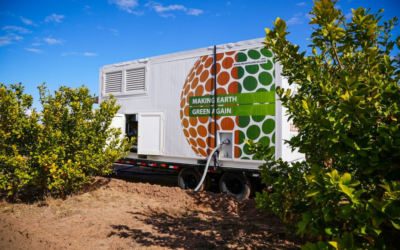How to build a portfolio
A portfolio is a collection of assets that together contribute to a total return. There are many different reasons why you might create a portfolio, and you need to define your reason or goal right from the start before adding stocks and other securities to your account. How you would define the objective of your portfolio depends on your time frame and your risk tolerance.
What should I buy?
Now that you have decided what your investment objective is, you can decide which assets you need to buy for your portfolio. You can choose from shares, bonds, derivatives and alternative investments. However, before you choose what to buy, you need to make sure whether the portfolio will be actively or passively managed.
Stocks
Within Equities, you can choose from many different types, some of which are: – Blue Chip: These are mature, stable companies that are well-known globally and generally pay good dividends in a timely manner. You would buy these for a balanced growth and income portfolio. – Penny Stocks: These are highly volatile stocks that trade more on supply and demand than market news. You would buy these if you are completely growth-focused. – Market capitalization: You can buy stocks according to their market capitalization, which basically gives an idea of what stage of the life cycle t is in. A smaller market capitalization stock would typically be bought for a growth-focused portfolio, but a Large Cap stock would be bought for income purposes.
Bonds
Bonds are interest rate instruments, which basically means they pay a certain amount periodically. These are ideal for an income-based portfolio. One must be careful with this assumption as not all bonds have the same risk and therefore bonds with higher risk, and subsequently lower ratings, may be purchased for a growth portfolio due to its price volatility.
Derivative
You can use derivatives such as options, futures and swaps in your portfolio for both income and growth reasons. If you are speculative, you would use it for a growth portfolio, while if it is for hedging, you would use it to protect your income portfolio.
Alternative investments
The biggest alternative investment available is real estate. You can buy a rental property for income purposes, or you can be more speculative and buy land in foreign countries to benefit from capital appreciation in a growth portfolio
How to put it together
The percentage of your portfolio value invested in certain types of assets described above dictates what goal your portfolio has met. For example, 50% in growth assets and 50% in income assets leads to a “Balanced Growth and Income Portfolio”. Adjusting the percentages up and down changes the direction and objective of the portfolio.
Conclusion
Now you have an idea of how to go about creating a portfolio. The main point to take away from here is to know what the goal of your portfolio is based on your risk tolerance and time frame, and then start filling up the portfolio with income or growth assets according to the percentages you need to retain.
About the Vikingen
With Vikingen’s signals, you have a good chance of finding the winners and selling in time. There are many securities. With Vikingen’s autopilots or tables, you can sort out the most interesting ETFs, stocks, options, warrants, funds, and so on. Vikingen is one of Sweden’s oldest equity research programs.
Click here to see what Vikingen offers: Detailed comparison – Stock market program for those who want to get even richer (vikingen.se)













